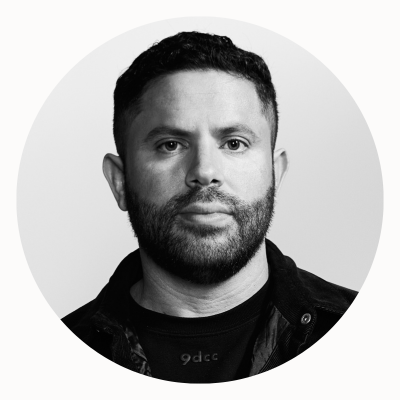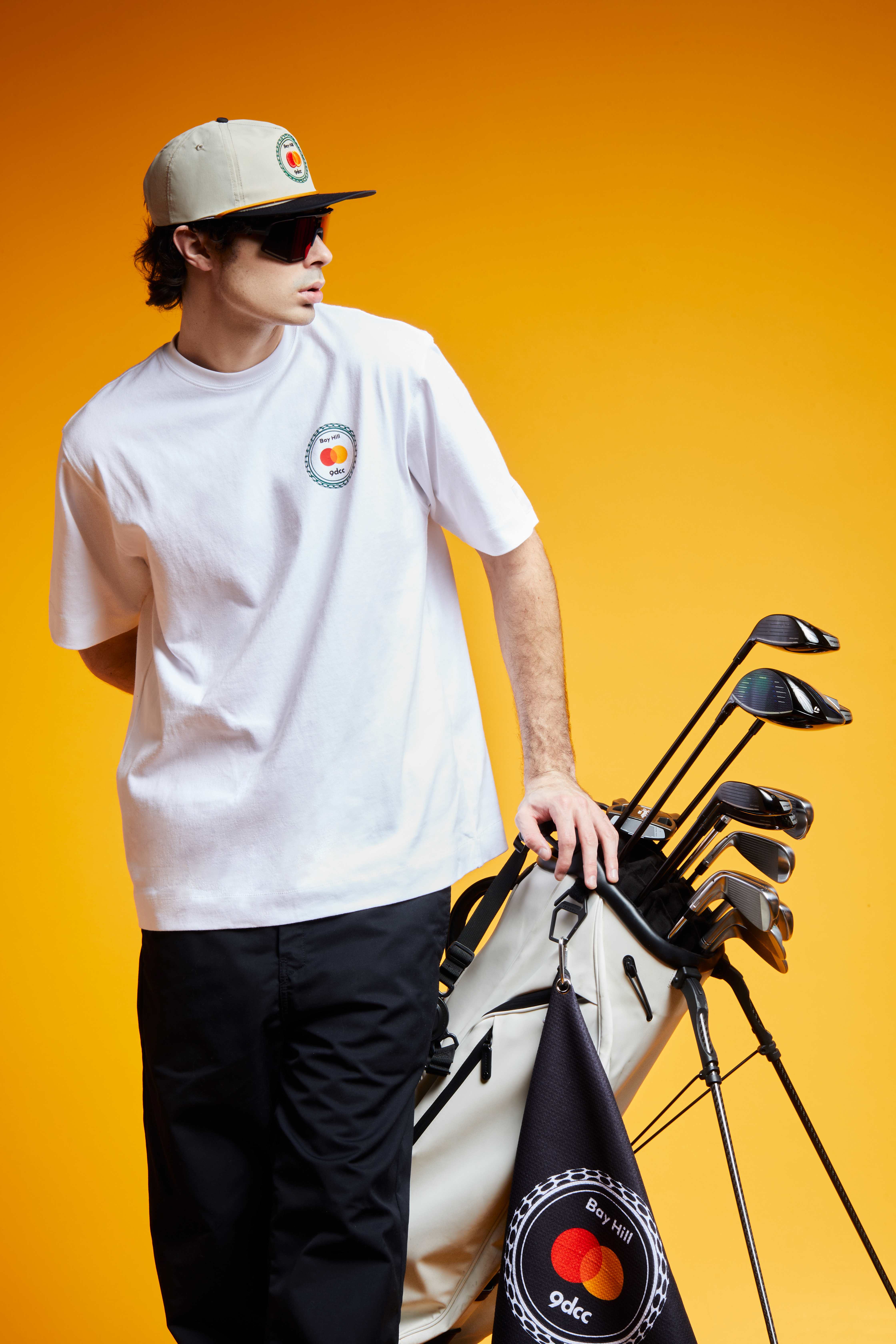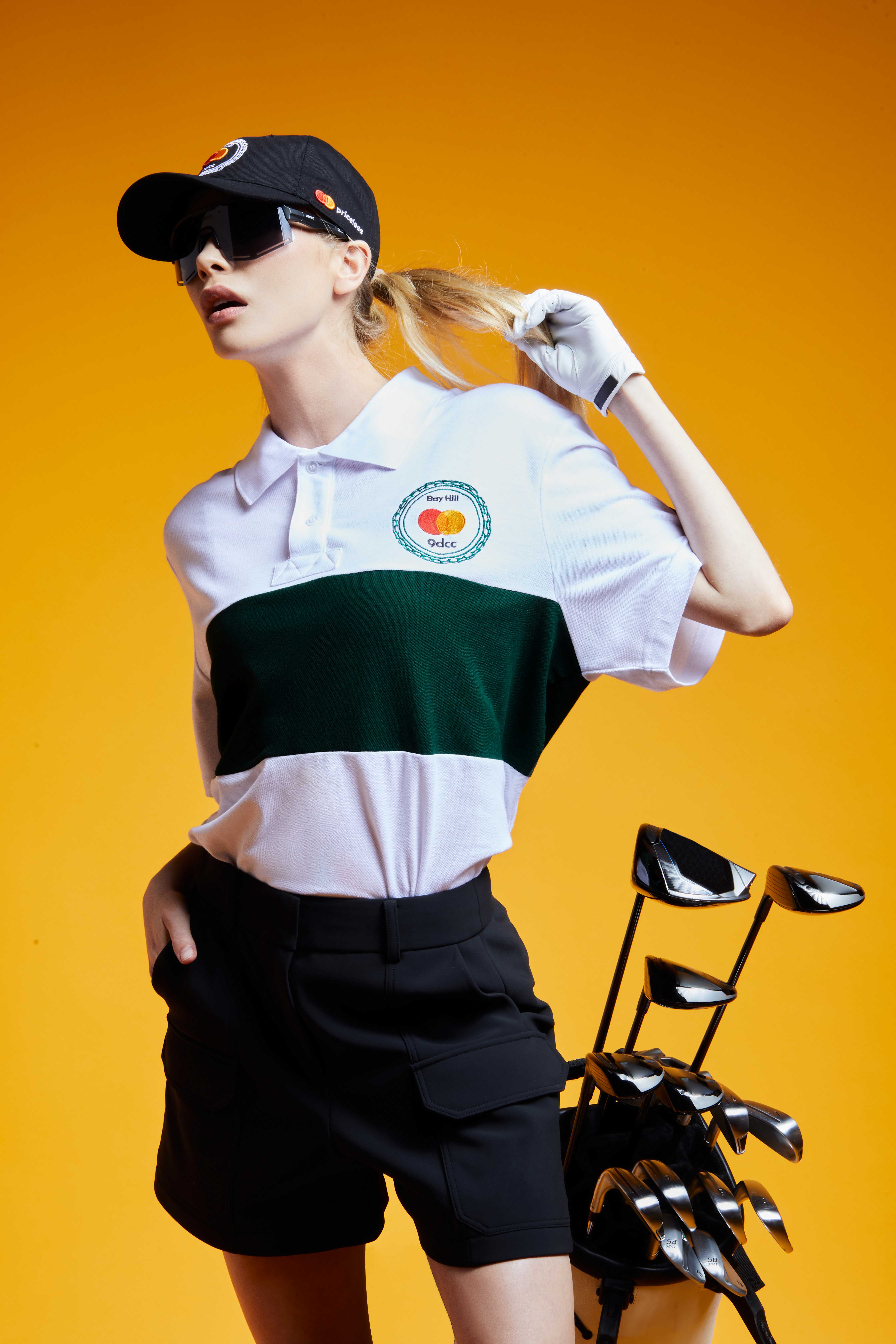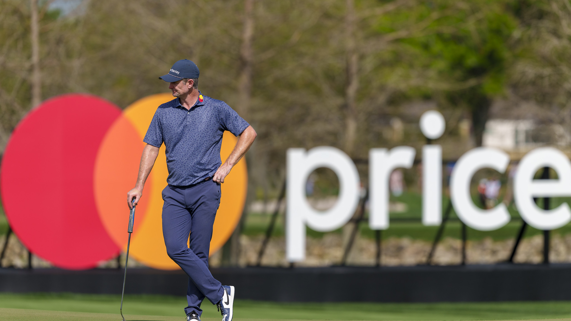Inside the brand using Web3 to bridge fashion’s 'phygital' divide
March 5, 2025 | By Sophie HaresBack in the early aughts, gmoney was an up-and-coming New York equities trader who loved wandering the city streets to check out what people were wearing. Something new and trending caught his eye: white earbuds trailed by a white cord that disappeared into a morass of clothing. Those early sightings of original iPod users inspired gmoney not only to buy stock in Apple, but to start investing in companies that would revolutionize tech and fashion.

Years later, as a Web3 entrepreneur, gmoney spied the start of the non-fungible token craze and quickly divined the tech’s disruptive potential. He began to envision how the technology could do more than just generate highly collectible, uniquely generated CryptoPunk and Squiggle art for passive collectors and investors. Understanding how the technology could bridge physical and digital worlds, in 2022 he launched 9dcc, a “networked product” brand that sells fashion and lifestyle products embedded with chips that wearers scan to reveal ownable digital assets offering real-world experiences and rewards.
Now 9dcc is collaborating with Mastercard to launch a golf-themed capsule collection at the annual Arnold Palmer Invitational golf tournament near Orlando this weekend. Each item is embedded with next-gen technologies allowing Mastercard cardholders to access exclusive experiences that blur the lines of digital and physical. People will be able to purchase the caps, towels and shirts at a pop-up store at the event or on Priceless.com, and then tap the embedded chips with their phones to claim the item’s digital twin. These will open up a range of “phygital” experiences including the opportunity to receive Priceless Experiences.
The Mastercard Newsroom recently chatted with gmoney about the potential of phygital experiences to reshape retail.
What got you hooked on non-fungible tokens?
gmoney: When I found NFTs, they quickly made sense to me. I thought this form of verifying scarcity in the digital component would be really big. I just didn't imagine NFTs would blow up as quickly as they did. I went down that rabbit hole, started to make a name for myself and ended up collaborating with Adidas and Prada on their NFT drops.
How did your 9dcc fashion label evolve?
gmoney: I wanted to build something that linked the real world to the digital perspective. I've always taken an interest in fashion cycles and understood the industry a little bit from the investment side.
None of the brands out there had the aesthetic that signaled I was successful, but I was also in crypto, so I thought why not just create the vision that I wanted to see?
We're very much focused on crypto natives, and I would say our style is luxury streetwear. Right now we mainly sell menswear, and at our drop before Christmas, we sold 3,000 products in 42 seconds.


How do networked products work?
gmoney: We insert chips linked to NFTs into our products which we can then gamify. At one of our recent product drops, people bought our mystery black boxes which all contain a bunch of goodies, but one lucky person found a CryptoPunk NFT worth $140,000 hidden inside.
We understand that the more a brand interacts with customers to give them super-interactive experiences, the more affinity it creates. In fact, people who interact with our digital experiences spend up to 2.5 times more.
Will phygital products soon become mass-market? How responsive are consumers to networked products?
gmoney: Technical innovation starts at the high end because of the cost, but you’re going to see it expand as the price of chips and producing experiences starts to come down. Ultimately, it comes down to how experimental brands want to be, their budget and how much they're willing to buy into it.
Over the past year, we’ve worked with 30-plus brands both inside and outside of the crypto space to put chips into their products and gamify interactions within their communities. I think people are beginning to expect more, and this is a way to connect more with your truest fans and your biggest followings. They really enjoy it and they’re more willing to come back and try new things because they trust the unique experiences you've given them already.
We’ll need more consumer education, but it’s about creating experiences people share organically. It’s really all about word of mouth, whether that’s social media and creating a video on TikTok or just talking to friends saying, “Hey, look, this is like this cool experience I had by tapping my product.”
